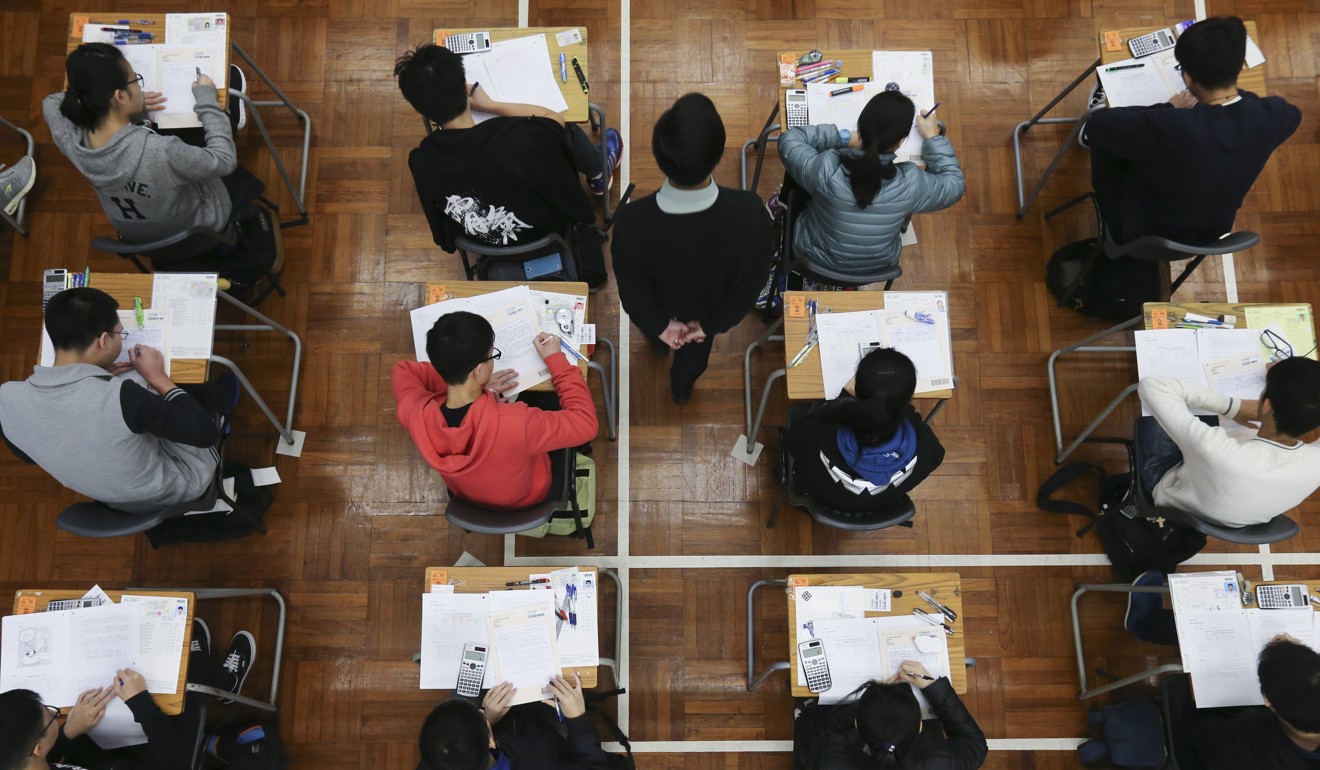
Why diversity is under threat in Hong Kong’s post-secondary education sector
Ho Lok Sang says with more establishments offering degree courses at the expense of vocational training, the coming decline in student numbers may kill off private tertiary institutions unable to vie with government-funded ones

Universities can benefit from being independent in many ways, Warwick provost suggests
If diversity is to prevail, we need a policy to ensure a level playing field. VTC-run degree programmes enjoy an unfair advantage, and government-funded institutions enjoy an unfair advantage due to branding and far superior infrastructure like libraries and IT facilities. If they run certain programmes, it would make sense to focus on niche areas that don’t overlap with those run by private institutions. If they run similar programmes, there should be quotas.
The winner-takes-all problem will become more acute in the next few years, as the number of secondary education graduates dwindles, leaving too few candidates to sustain all the current suppliers.
One may say: why not let competition eliminate those that cannot compete? This is based on the assumptions that the competition is fair and having far fewer players is desirable. Both are misplaced.

Hong Kong’s education system should teach children how to be diplomats
Even if eliminating some players is necessary, without a policy mitigating the winner-takes-all tendency, there will be too few players. We would lose the diversity driving innovation and offering students more choice in terms of programme design, pedagogy, location of classes, institutional culture and connectivity.
Ho Lok Sang is dean of business at Chu Hai College of Higher Education

